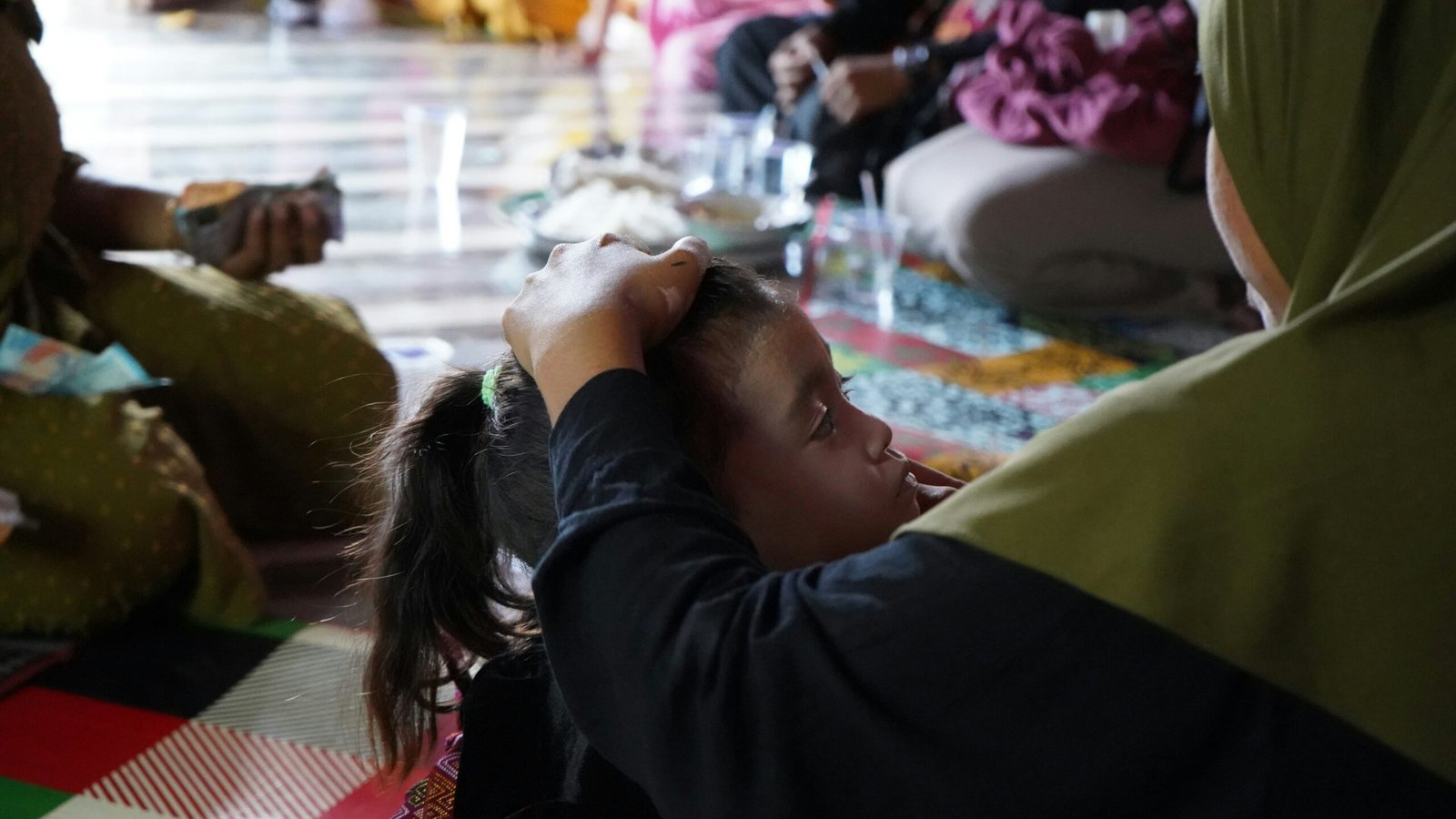Introduction to Cultural and Traditional Attire
Cultural and traditional attire serves as a rich tapestry weaving together threads of heritage, identity, and communal belonging. These garments are not merely clothing; they are manifestations of history, painstakingly crafted to reflect the unique cultural narratives of communities around the world. The importance of such attire is palpable during festivals, ceremonies, and even in everyday life, where it stands as a testament to time-honored traditions and social mores.
In numerous cultures, clothing goes beyond functional purposes, symbolizing social status, profession, or an individual’s role within their community. For instance, the intricacies of a Japanese kimono can signify marital status and age, while the vivid colors and patterns of African kente cloth frequently denote social hierarchy and regional origin. The donning of traditional costumes during significant events, like India’s vibrant weddings or the ceremonial dances of Native American tribes, underlines the communal and spiritual significance attached to these garments.
Cultural attire is also dynamic, evolving with changing times while keeping its roots firmly planted in history. This living tradition allows for the incorporation of modern elements, thereby ensuring that traditional attire remains relevant in contemporary settings. For example, modern adaptations of the Chinese qipao exhibit contemporary cuts and styles while preserving the essence of the original design.
Moreover, these garments often serve as a means of preserving and celebrating cultural heritage. They offer a visual narrative that connects the past with the present, allowing future generations to appreciate and understand their ancestry. Whether it involves the intricate weaving techniques of the Andean poncho or the elaborate beadwork of the Maasai shúkà, each piece tells a story that transcends generations.
In this ever-globalizing world, the relevance and necessity of cultural and traditional attire in maintaining a sense of identity and heritage cannot be overstated. By embracing these garments, communities around the globe continue to honor their past while looking toward a shared future.
Regional Variations in Traditional Attire
Traditional attire often serves as a vibrant testament to the rich cultural heritage of its region. Each garment and accessory is meticulously crafted, reflecting the unique history, environmental influences, and lifestyle of its people. Take, for instance, the Kimono from Japan. Traditionally made from silk, the Kimono features an array of intricate patterns and colors, symbolizing different seasons, occasions, and personal status. The craftsmanship behind the Kimono often includes elaborate dyeing and weaving techniques that have been handed down through generations.
In India, the Sari is another iconic piece of traditional attire. This elegant garment, usually crafted from silk or cotton, is appreciated for its versatility, with its draping style varying vastly across the country. The Sari’s colors and patterns are often deeply significant, representing religious beliefs, regional identities, and social customs. The sandy, humid expanses of West Africa give rise to the Dashiki, a loose-fitting, brightly colored garment often made from cotton. The Dashiki is adorned with elaborate embroidery, each color and design element holding cultural significance.
Geographical and climatic conditions significantly influence these traditional attires. The materials chosen are often local, the styles practical and adaptive. For example, the heavy woolen Kilt of Scotland is an excellent garment for the cool, damp climate of the region. Made from tartan-patterned cloth, the Kilt’s colors and patterns denote Scottish clans, fostering a sense of identity and pride among its wearers.
The design and craftsmanship of traditional attire not only reflect the environment but are also a testament to the available resources and technological advancements of the time. These garments serve as a living record of a region’s history, encapsulating the essence of its people and their interaction with the world around them. Each piece of traditional attire tells a story, weaving together threads of culture, resourcefulness, and artistry into every stitch.
Symbolism and Significance in Traditional Attire
Traditional attire across various cultures is replete with profound meanings and symbolism that communicate cultural values, beliefs, and historical narratives. A significant aspect of cultural attire is its use of distinctive colors, patterns, and styles, each meticulously chosen and carefully crafted to convey specific messages and spiritual significance.
In many indigenous communities, the colors and designs used in traditional garments often possess deep spiritual symbolism. For instance, red might symbolize life force and vitality, while white could represent purity and peace. Specific patterns can act as visual narratives, telling stories of creation, ancestry, or significant historical events. The spiritual significance embedded in these colors and designs ensures that traditional attire is much more than mere clothing; it is an embodiment of cultural identity and heritage.
In religious ceremonies, traditional attire plays an indispensable role. Certain fabrics and adornments are chosen for their sacred connotations. For example, silk and gold threads may be used in garments for their association with divinity and sanctity, demonstrating respect and reverence during religious rituals. Such attire not only symbolizes devotion but also serves as a bridge connecting the spiritual realm with the wearer.
Furthermore, traditional clothing often indicates important social information, such as marital status, age, or rank within the community. In some cultures, intricate beadwork or specific headgear may denote a person’s entrance into adulthood or their preparedness for marriage. The adornments worn by community leaders or chieftains typically feature elements signifying their authority and responsibility. These visible markers play a crucial role in maintaining the social fabric of the community.
Overall, traditional attire is a rich tapestry reflecting the stories, customs, and values of a culture. It is a powerful means of preserving cultural heritage and fostering a sense of identity. By understanding the deeper meanings embedded in these garments, one gains a greater appreciation for the cultural heritage and the narratives they represent.
Preservation and Innovation in Traditional Attire
Efforts to preserve traditional attire in modern times are manifold, stemming from dedicated initiatives by communities, governments, and various organizations. Cultural festivals, workshops, and educational programs serve as pivotal platforms for keeping these traditions alive. For instance, events like the annual Santa Fe Indian Market and the National Folk Festival in the U.S. offer opportunities for artisans to showcase their craftsmanship, enabling younger generations to appreciate and carry forward their cultural heritage.
Governments have also recognized the importance of preserving traditional attire, often through funding and policy support. Many countries have created cultural preservation committees or councils that work to protect and promote indigenous dress. UNESCO’s Intangible Cultural Heritage list is another significant initiative, aiming to safeguard cultural dress among other practices by providing international recognition and resources.
Moreover, contemporary designers play a crucial role in sustaining and innovating traditional attire. Influenced by globalization, these designers blend traditional elements with modern fashion trends, making these garments more appealing to today’s audiences. Designers like Bibi Russell from Bangladesh and Stella Jean from Italy have gained international acclaim for their work, which intricately weaves traditional motifs, fabrics, and techniques with contemporary design sensibilities.
This fusion not only keeps traditional attire relevant but also highlights the rich tapestry of cultural heritage to a global audience. Brands such as Navajo Spirit and ASHOCKA blend indigenous textile patterns with modern silhouettes, creating pieces that are both fashionable and culturally significant. Educational programs in fashion schools also emphasize the importance of understanding and incorporating traditional methods and materials.
Through these varied efforts, the appreciation and continuation of cultural heritage are not just maintained but celebrated on a global stage. Traditional attire, through both preservation and innovation, remains a vibrant and integral part of our collective identity.


